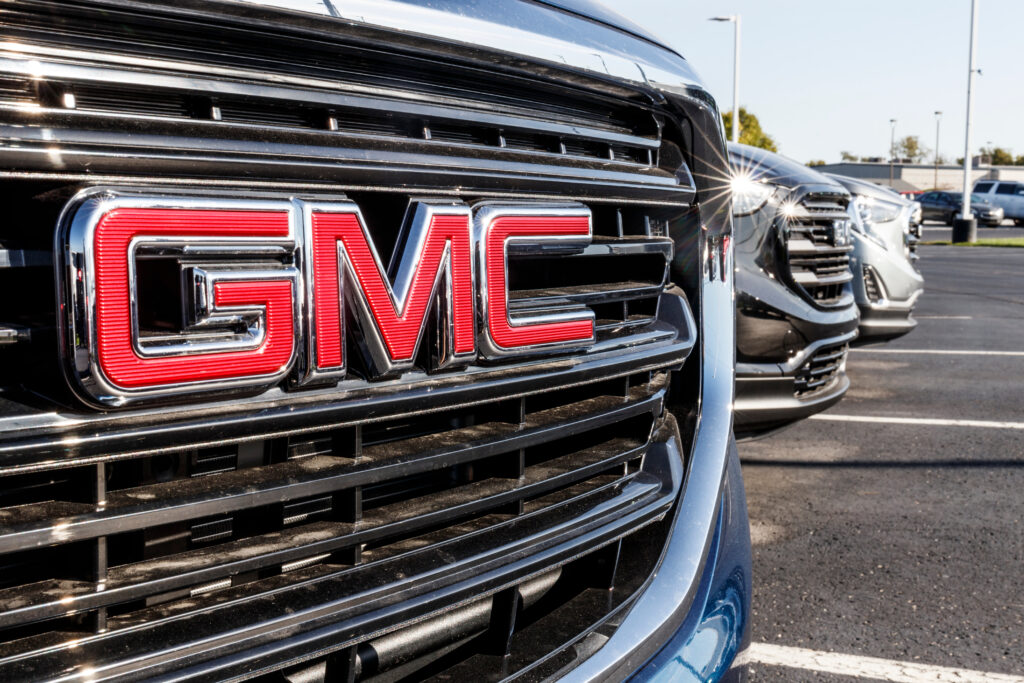General Motors (GM) Q4 earnings revealed a fourth-quarter loss due to substantial write-downs related to its China operations. However, the automaker exceeded Wall Street forecasts in revenue and adjusted earnings. With a strong U.S. market position and ongoing EV expansion, GM remains focused on long-term growth.
China Challenges Impact Profits, but GM Delivers Robust Revenue Growth
GM’s financial results for the final quarter of 2024 were overshadowed by hefty restructuring costs in China, where the company faces growing competition from domestic automakers like BYD. These local brands have improved vehicle quality while keeping costs low, aided by government subsidies. As a result, GM had to write down assets and take a $5 billion (€4.8 billion) restructuring charge.
For the quarter ending December 31, GM reported a net loss of $2.96 billion (€2.84 billion), or $1.64 (€1.57) per share. This contrasts with a profit of $2.1 billion (€2.01 billion), or $1.59 (€1.52) per share, in the same period last year. However, when excluding special charges, GM earned $1.92 (€1.84) per share, surpassing analyst forecasts of $1.85 (€1.77).
Despite these setbacks, revenue surged to $47.7 billion (€45.72 billion), an increase from $42.98 billion (€41.12 billion) a year earlier. This also exceeded Wall Street’s expectation of $44.98 billion (€43.12 billion), showcasing GM’s strong domestic performance.
EV Expansion, Worker Bonuses, and Policy Engagement
In her letter to shareholders, CEO Mary Barra emphasized that GM doubled its EV market share in 2024 as production scaled up. She also noted that, despite setbacks, GM’s China operations still recorded positive equity income before restructuring charges. The company is actively working with its local partner to improve performance in the region.
GM continues to lead in employee profit-sharing, announcing a record payout of more than $640 million (€613.53 million) to hourly workers in the U.S. Eligible employees will receive up to $14,500 (€13,899) each—equivalent to over two months of additional wages for United Auto Workers-represented employees.
Barra also addressed GM’s proactive stance on U.S. trade, tax, and environmental policies. She highlighted the company’s engagement with Congress and the administration of President Donald Trump, stating: “We have emphasized the importance of a strong manufacturing sector and American leadership in advanced automotive technologies. We share a lot of common ground and value these discussions.”
Future Outlook: New EV Models and Financial Targets
Wedbush analyst Dan Ives praised GM’s ability to navigate industry challenges, calling the company’s fourth-quarter performance “another major step in the right direction.” He noted that GM is effectively balancing EV production with profitability to sustain long-term growth.
Looking ahead, GM is preparing for an expanded EV lineup in 2025. The company will launch three new Cadillac electric models—the Escalade IQ, Optiq, and Vistiq. Additionally, it expects continued momentum from the full-year impact of its latest gas-powered SUVs, including the Chevrolet Equinox, Chevrolet Traverse, and GMC Acadia.
Barra emphasized GM’s adaptability in an evolving regulatory environment. “Regardless of changes in U.S. policy, we have a diverse portfolio of internal combustion and electric vehicles that continue gaining market share. We will remain agile and execute efficiently,” she stated.
For 2025, GM projects adjusted earnings of $11 to $12 per share (€10.54 to €11.50), surpassing analyst expectations of $10.86 (€10.41). With strong revenue, strategic investments in EVs, and ongoing innovation, the company is strengthening its position in the automotive business for sustained growth.
